Lockheed Hercules 62D Airlift Squadron Arkansas Tail Fin
Production Time 6 to 8 weeks
Shipment is by FedEx, UPS or DHL International Express Courier with a normal door-to-door delivery time worldwide of within 2-3 business days after dispatch. Due to the current volatility of world fuel prices, the amount mentioned here is our best estimate for DHL and UPS and may be subject to change at the time of shipping.

Product statistics
Length: 8 Inches (20.3 Centimeters)Height: 12 Inches (30.5 Centimeters)
$112.50
Manufacturer: Lockheed
Production Time 6 to 8 weeks
-
United States dollar ($)
-
Pound sterling (£)
-
Euro (€)
-
Australian dollar ($)
-
Canadian dollar ($)
-
Singapore dollar ($)
-
Swiss franc (CHF)
-
Japanese yen (¥)
-
Danish krone (kr.)
-
Hong Kong dollar ($)
-
Norwegian krone (kr)
-
Swedish krona (kr)
General Product Description
Display your favourite Plaque or Seal or Emblem with pride! An empty wall in your den or office can come to life with our Torigate. Painstakingly hand carved in 3D with 1/8 inch (3.20 mm) relief (tail fins or flashes flat finish) and hand painted these plaques and seals are made from solid mahogany wood and will be ready within about 6-8 weeks from placement of order. Plaques, emblems, insignia, logos, aircraft tail fins or seals for Military, Navy, Air Force, Army, FBI, Coast Guard, Marine Corps and many more are all available. If not already listed on our website we can bring to reality your military emblems and logos with a custom designed seal or plaque made to your own specifications. If you do not see the plaques, tail shield, tail fin or seal you require just click here to contact us and we will then let you have pricing.
The 62nd Fighter Squadron traces its history back to the dawn of World War II. Constituted on November 20th, 1940, it was activated on January 15th, 1941 as the 62nd Pursuit Squadron (Interceptor), 56th Pursuit Group at Savannah Air Base, Georgia. After Pearl Harbor, the group moved to various bases along the east coast of the United States. Part of the I (Interceptor) Fighter Command, the 56th was tasked with defending the Atlantic Seaboard from an airborne attack. Originally equipped with P-35s, P-36s, P39s and P40s, the 62nd received the Army Air Corps first operational P-47s in May of 1942.
After initial training and qualification in the Thunderbolt, the 62nd moved to England in January of 1943. During the next two and one-half years, the squadron took part in various operations including the Air Offensive Europe and the Normandy, Northern France, Rhineland, Ardennes-Alsace, and Central European campaigns. Its wartime roles included bomber escort, counter-air and interdiction missions. As part of the 56th Fighter Group, the squadron earned two Distinguished Unit Citations for action during the periods of February 20th through March 9th, 1944 and September 19th, 1944.
One of the first P-47 squadrons in the European theater, the 62nd saw plenty of action. The 56th Groups first kill was recorded by Captain Walter V. Cook, of the 62nd, when he downed an FW-190 on June 12th, 1943. On June 7th, 1944, Captain Fred J. Christensen, Jr. shot down six enemy planes in a single engagement. Total kills for the squadron during its two years of combat were 236 in the air and 115.5 on the ground. Eight 62nd pilots became aces, including Captain Robert S. Johnson (27 kills), Lt. Col. David Schilling (23 kills), and Captain Fred J. Christensen, Jr. (22 kills).
After World War II, the squadron and group returned to the United States and were inactivated on October 18th, 1945. On May 1st of the following year, the 62nd was reactivated at Selfridge Field, Michigan. First equipped with P-47s and then P-51s, the squadron received its first jet fighter, the P-80 Shooting Star, in May of 1947. With an initial mission of strategic bomber escort, the Selfridge based 62nd achieved several noteworthy accomplishments. Among them were a six-month deployment to Alaska (November 1946 to April 1947) testing cold weather equipment suitability. Also a historic event, the 62nd flew the first west to east transatlantic deployment of jet aircraft in July of 1948. The successful round trip from Selfridge to Furstenfeldbruck, Germany, demonstrated that the United States could respond to a European crisis by moving jet fighters across the Atlantic on short notice.
The 62nd returned to the air defense mission in late 1949 and was redesignated the 62nd Fighter-Interceptor Squadron on January 20th, 1950. That April, the squadron moved to Chicagos OHare International Airport and began converting to the F-86 Sabre. The squadron was reassigned to the 142nd Fighter Interceptor Group in May 1951, transferred to the 4706th Defense Wing in February 1952, and returned to the 56th Fighter Group in August 1955. The 62nd maintained an air defense alert commitment at OHare until August 1959 when the squadron moved to K.I. Sawyer AFB, Michigan. At K.I. Sawyer, the squadron converted to F-101B Voodoos in late 1959, and served as the Defenders of Strategic Air Command until inactivation in April of 1971. The Michigan era was highlighted by the 62nds victory in the 1965 USAF Worldwide Weapons Meet, William Tell.
Reactivated again in September 1974 at Tyndall AFB, Florida, the 62nd became part of the Air Defense Weapons Center. At Tyndall, the squadron started its proud training mission, tasked with training weapons instructors in the F-106 and F-4.
On 30 June 1975, the 62nd Tactical Fighter Squadron was reassigned to the 56th Tactical Fighter Wing at MacDill AFB, Florida, where the squadron began training aircrews in the F-4 Phantom and assumed a secondary mission of training for wartime air defense. The 62nd transitioned to the F-16A/B Fighting Falcon in January of 1981. Once again, Spike was flying single-seat, single-engine fighters. At the same time, the squadron was redesignated the 62nd Tactical Fighter Training Squadron. The 62nd transitioned to the F-16C/D in the fall of 1988 and continued to train F-16 pilots at MacDill until the squadron was deactivated in March of 1993. On March 18th, 1994, the 62nd Fighter Squadron began the Arizona chapter of its history. In June of 1995 the squadron won Top Operations and Top Maintenance honors at the Air Combat Commands Long Shotlsquo;95 competition.
The 62nd Fighter Squadrons primary mission consists of training fighter pilots for worldwide deployment in the F-16.
As of mid-2001, the 56 FW had more aircraft at Luke AFB than the Air Force has assigned to the United States Air Forces in Europe (USAFE).
| Weight | 6 kg |
|---|---|
| Dimensions | 8 × 12 in |
Be the first to review “Lockheed Hercules 62D Airlift Squadron Arkansas Tail Fin” Cancel reply
Related products
Tail Shields & Flashes, Plaques & Seals
Tail Shields & Flashes, Plaques & Seals
Tail Shields & Flashes, Plaques & Seals
Tail Shields & Flashes, Plaques & Seals
Tail Shields & Flashes, Plaques & Seals
Tail Shields & Flashes, Plaques & Seals
Tail Shields & Flashes, Plaques & Seals
Tail Shields & Flashes, Plaques & Seals

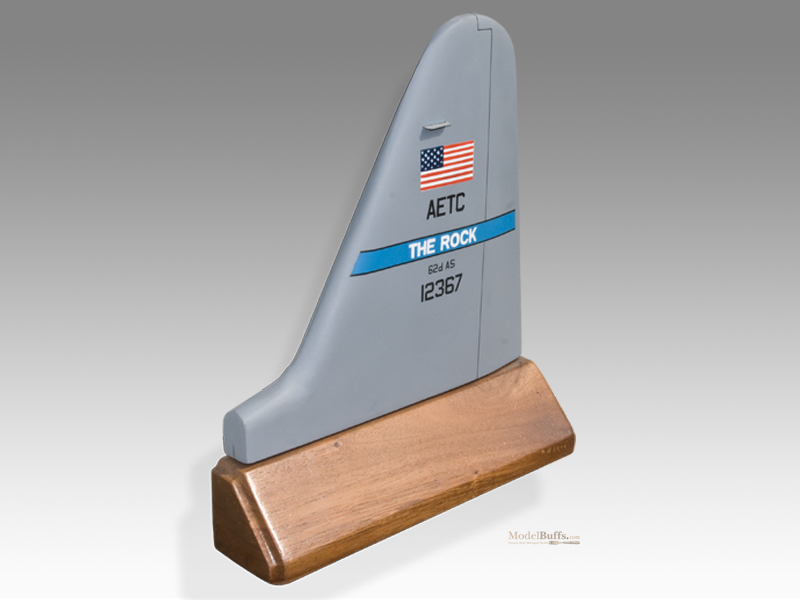




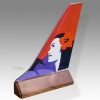
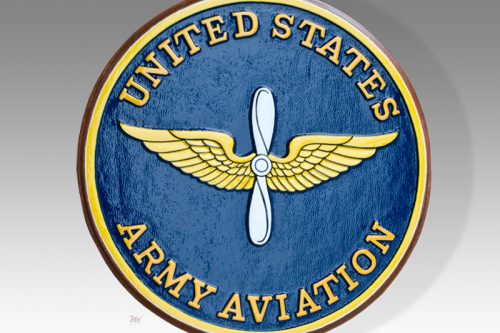


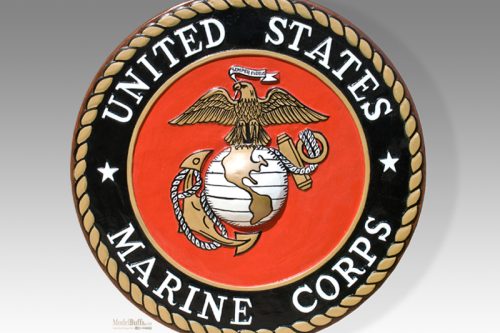
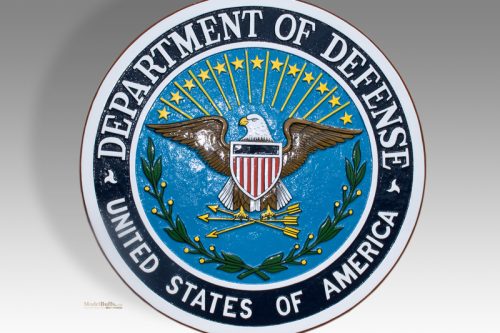
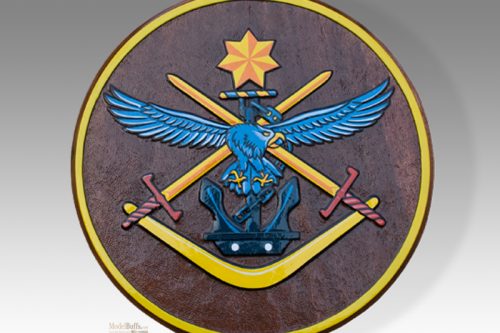

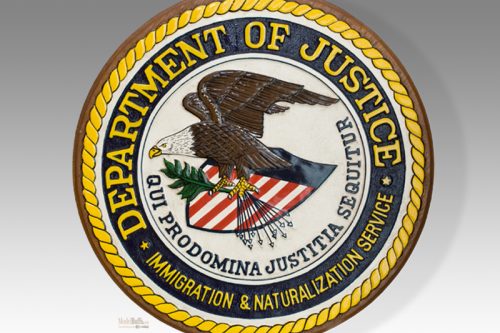
Reviews
There are no reviews yet.